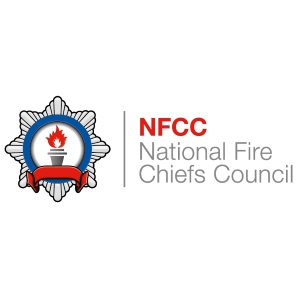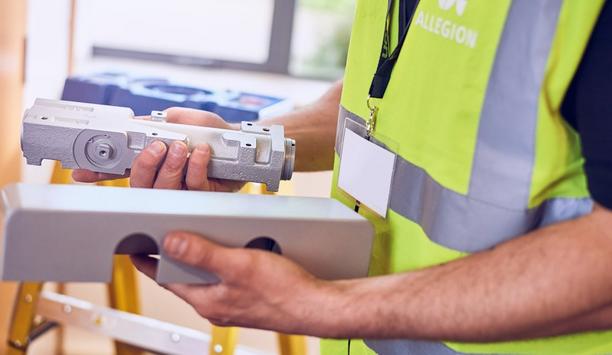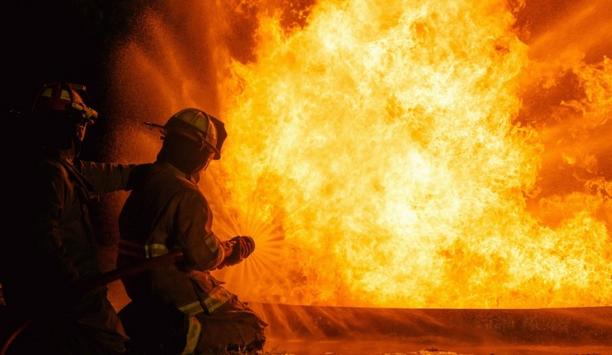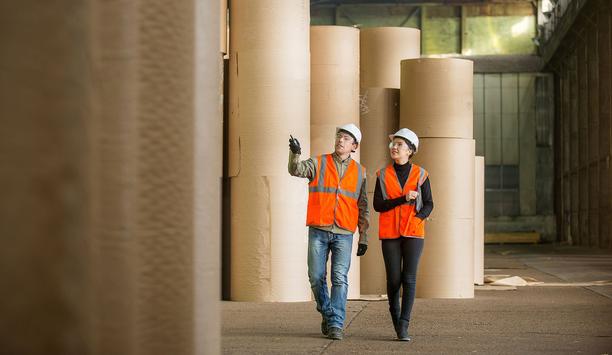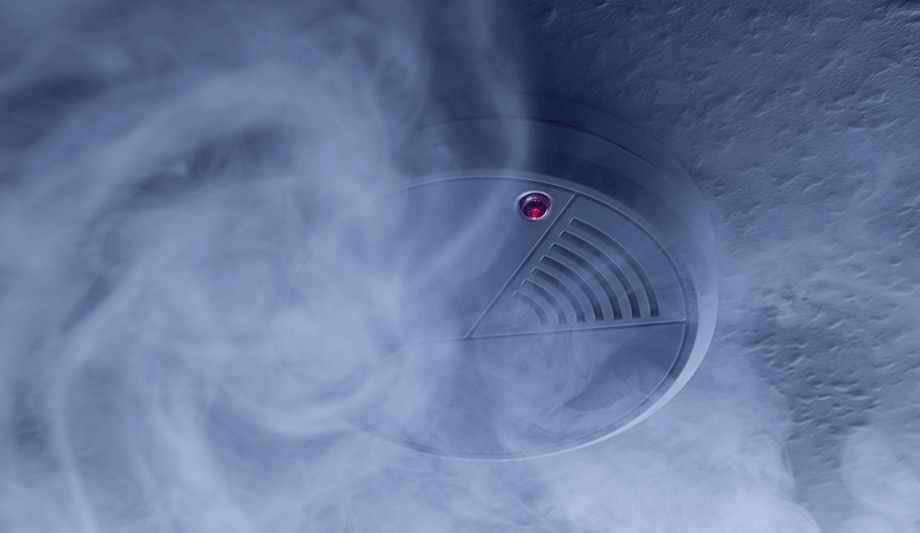Fire and rescue services across the UK worked with partners to respond to the impact of COVID-19. Making a difference provides a series of short case studies to show the range of activities that services did over the last 18 months; it recognizes that the pandemic is not over and services continue to help communities in many different ways.
Phil Garrigan is the NFCC lead for the COVID-19 response. He said: “The pandemic was unlike anything else we have experienced and asked us to work in different ways, drawing on our strengths to help everyone in our communities get through and ultimately emerge from this challenging period. It would be fair to say that fire and rescue services don’t work in isolation and have a strong tradition of collaborating with other organizations in all areas of our work. We stepped up and built on what we do best.”
Setting up a half-term foodbank
The case studies range from picking up prescriptions for those self-isolating, to setting up a half-term foodbank in a local school; to assisting coroners and working in Intensive Care Units, and helping at COVID-19 testing centers.
In London, over 300 firefighters worked as part of the London Ambulance Service, freeing up qualified paramedics to attend to patients, as the firefighters acted as drivers and support.
Emergence of the COVID-19 pandemic
The emergence of the COVID-19 pandemic put a level of stress on the ambulance service never seen before
Daren Mochrie is the Chair of the Association of Ambulance Chief Executives. He said: “The emergence of the COVID-19 pandemic put a level of stress on the ambulance service that has never been seen before. We could not have got through this without the help of our partners, and I cannot thank the fire and rescue service enough for stepping up and offering to help us in our hour of need."
"The level of professionalism, flexibility, and willingness to do whatever was required meant that ambulance services across the country could operate even when demand was at its peak. I read these stories with great pleasure because I recognize them all and thank everyone involved.”
Contributed to the vaccination roll-out
In more recent times, fire and rescue services have contributed to the vaccination roll-out. Up to mid-July, fire and rescue service staff had spent 187,000 hours administering 383,000 vaccinations. The case studies show how fire and rescue services helped with setting up vaccination centers, marshaling, carrying out vaccinations, using fire stations as vaccination centers, and encouraging take-up in hard-to-reach areas.
Mark Hardingham, Chair of the National Fire Chiefs Council added: “I am equally proud of the role undertaken by the National Fire Chiefs Council and the leadership role it has played across the UK. The way we have worked with all government departments, particularly the Home Office and our partners to meet the challenges head on has been incredible. There is no doubt in my mind that the collective actions of fire and rescue services, led nationally by the NFCC, have contributed to the saving of many lives.”

